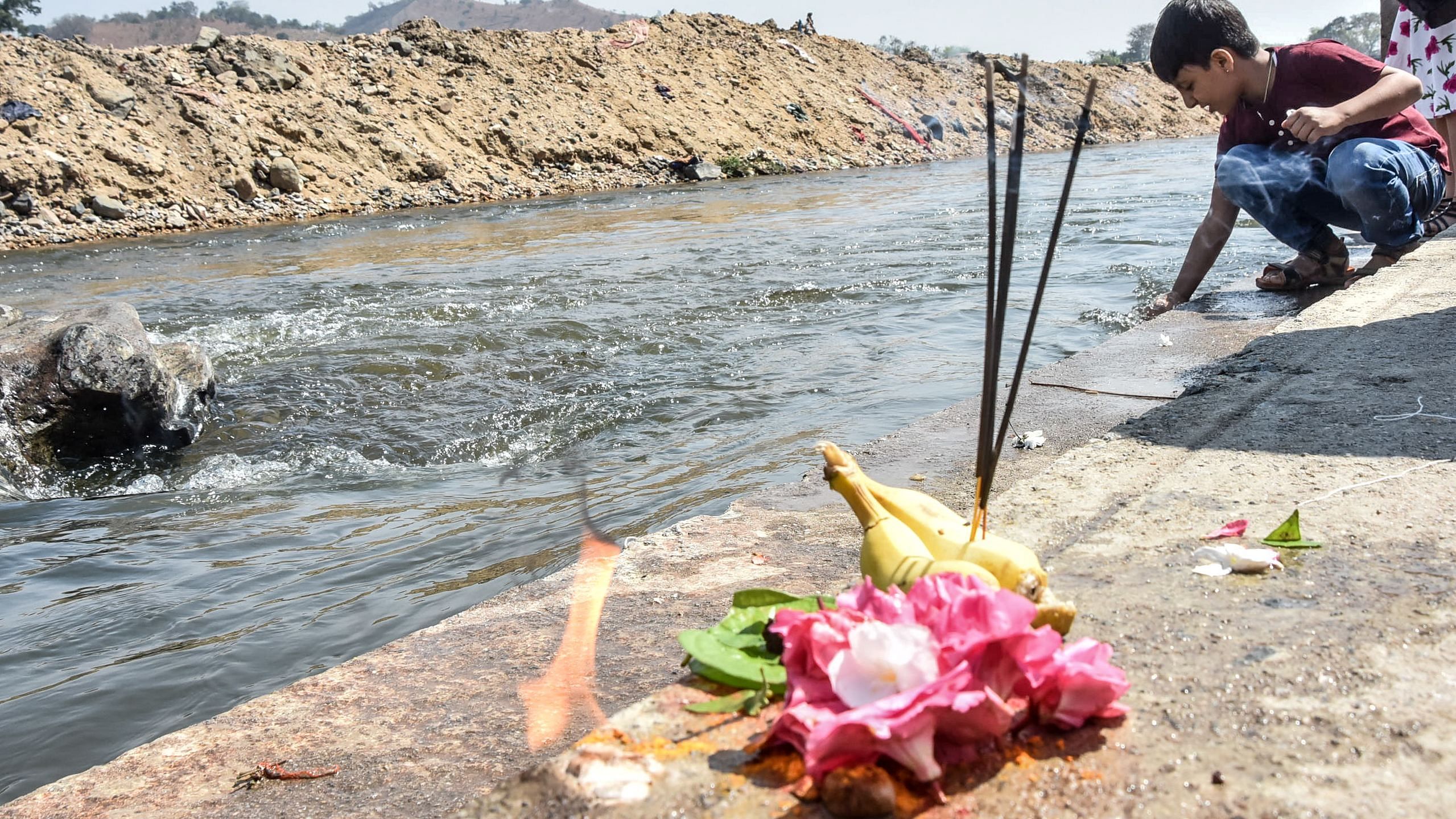
Consider some basic facts: A specialised agency, National Water Development Agency (NWDA), was set up four decades ago to work only on Inter Linking of Rivers (ILR) projects, but even the first project of the grand ILR plan is yet to take off to implementation as envisaged in ILR plan.
In fact, NWDA is not confident of putting any of the thousands of reports produced by it in public domain, it knows they won’t stand public scrutiny.
The Memorandum of Understanding for India’s first ILR scheme, the Ken Betwa River Link’s DPR (Detailed Project Report) was signed between Uttar Pradesh and Madhya Pradesh in 2005. But 16 years later, the project is yet to go to implementation stage, it does not even have all the clearances, nor a water or cost-benefit sharing agreement.
In 2002, a Supreme Court of India bench headed by the then retiring Chief Justice ordered the Central Government to implement the ILR in 10 years, and bring a law to take care of inter-state issues if necessary.
Almost two decades later, even the first project is yet to go to implementation. In 2012, another Supreme Court bench also ordered that ILR be implemented in 10 years, that order is going to meet the same fate as the earlier one.
Not feasible
These facts say a lot about the feasibility, optimality, viability or desirability of ILR plans. In fact, no state in India is as enthusiastic about ILR as Tamil Nadu, since Tamil Nadu only hopes to gain more water and does not have to give water to any state.
That enthusiasm which started with the hopes of getting water from far away Ganga, Brahmaputra, Mahanadi and Godavari has turned a mirage. And now it has led to turn the logic on its head and is hoping to make India’s most celebrated deficit basin, the Cauvery basin, from an eternal recipient to a donor basin!
So how did Tamil Nadu achieve this remarkable somersault? Besides using previously unheard of 43% dependability figures, it completely ignores the seriously degraded state of the upstream catchment, where the rainfall is quickly turning into runoff and thus the dams in the Cauvery basin are filling up fast and early, giving a false sense that there is surplus water.
This is happening as the local water systems, wetlands, lakes, streams, forests and groundwater recharging mechanisms are getting destroyed in the catchment.
The increasing silt accumulation in the dams with each passing year (Krishnaraja Sagar and Mettur are getting old as they were commissioned 90 and 87 years ago respectively) is also reducing their storage capacity. So less of the rainfall is getting retained in the catchment and more is turning quickly into runoff, but that is not a good sign. Unfortunately, there is no assessment of this in any basin in India.
That brings us to surplus-deficit conclusions of ILR done by NWDA. It is only based on some assumptions about water use in existing and planned minor, medium and major irrigation in party states. The information base for this is seriously inadequate and flawed.
The water balance does not take into account the rainwater harvesting, local water systems, catchment, soil moisture, watershed, state of the streams and rivers or groundwater recharge assessments.
No scientific basis
In short, we do not even have any scientific basis to arrive at surplus-deficit conclusion for any river basin since we have not done basin level assessment of potential of all the water options in any basin starting from watershed upwards.
The celebrated argument that ILR will solve flood and drought problems across India is based on the assumption that flood means surplus and drought means deficit. It again has no scientific basis, since there are drought prone basins that also increasingly face floods and there are flood prone basins that also face serious water scarcity at other times.
In fact, groundwater is and has been India’s water lifeline for at least last four decades, including for irrigation, rural and urban water supply and also for industrial water supply.
That water lifeline is in a very bad state with depleting levels and deteriorating quality, with complete absence of groundwater regulation or protection and rejuvenation of groundwater recharge mechanisms.
Reversing that situation has to be our top priority as that is where our real water solution is.
ILR is certainly a dream for the big dam lobby where contractor-driven big projects are the mainstay. The politicians have always loved such big projects due to the prevailing political economy. Sooner we understand this reality and move to reverse it, better it will be.
Discard the pipe dreams and pray for smaller places of worship.
(The writer is with South Asia Network on Dams, Rivers and People)